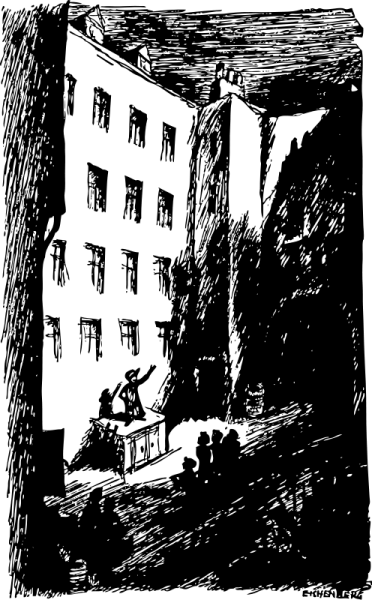What’s working in social business in 2012? This is the question that CMSWire asked me to write about. In my opinion, technology sales, marketing campaigns and the speakers circuits are doing well. Implementation and organizational change are lagging far behind.
Like the knowledge management and e-learning hype phases of the 90’s and ’00’s respectively, social business is being led by software vendors. Some are even the same vendors that MIT’s Peter Senge said co-opted the field of knowledge management. I watched as e-learning moved from hope for ubiquitous learning, to the overproduction of self-paced online courses, also known as “shovelware.”
My focus on social business stems from a background in training, knowledge management, performance improvement and social learning. I have learned that the hard work comes after the software has been installed and the initial training sessions are over. Then comes the question, what do we do now?
Transparency
People may say that it’s not about the technology, but that is where a large share of the budget goes in any major change initiative. The bigger change to manage however, is getting people to work transparently. One of the major benefits of using social media is increasing speed of access to knowledge. But if information is not shared, it will never be found, and knowledge will remain hidden. Transparency is a necessity for social business.
While social media enable transparency, they also lay bare a company’s culture. A dysfunctional company culture does not improve with transparency, it just gets exposed. In the transparent social business, there is no place left to hide. This change alone can be enough to cause massive organizational upheaval. Transparency can be scary for anyone who owes their position to the old system.
Social business is not just about using social media but changing routines and procedures. With greater transparency, information now flows horizontally as well as vertically. New patterns and dynamics emerge from interconnected people and interlinked information flows, and these will bypass established structures and services. Work gets more democratic as it becomes visible to all.
With the democratization of information, user-generated content increases. Today, search engines give each worker more information and knowledge than any CEO had even 10 years ago. Pervasive connectivity changes organizational power structures, though the full effects of this take time to become visible. From a transparent environment new leaders and experts may emerge, as it takes different leadership and an understanding of networks to support a social business.

Narration
Agile social businesses need people who can work in concert on solving problems, not waiting for direction from above. Management must ask: how can we help you work in this transparent environment? In social networks we often learn from each other; modelling behaviours, telling stories and sharing what we know.
While not highly efficient, this is very effective for learning. There is a need to model the new behaviours of being transparent and narrating one’s work. Social business also requires power-sharing; for how long will workers collaborate and share if they cannot take action with their new knowledge and connectivity? Changing to more social behaviours takes time, but most of all, it takes trust.
Once social technologies have been installed, modelling new work behaviours becomes the main organizational challenge.
The organization can support this by fostering and supporting communities of practice. These are potential bridges between work teams and the open social networks on the Internet. Narration of work, or learning out loud, is a prime enabler of knowledge-sharing. One indicator that a social business is working is when people at all levels are narrating their work in a transparent environment.
If the daily routine supports social learning, and time is made available for reflection and sharing stories, then an organization is on the right track. One determinant of effective professional communities is whether they actually change practices. Only then will we know if the social business initiative has been successful.
Enterprises adopting social business need to find and support people who can model knowledge-sharing behaviours, not just talk about them. Managers should identify people who already narrate their work, create user-generated content and share transparently. Companies should get advice from people who share power and do most of their work in networks already. Just think, if there is nobody to model social business behaviours in the organization, how will people learn? From their friends on Facebook?
In a social business, work is learning and learning is the work. Social learning needs to be integrated into the daily workflow. Workers need more than technology; they need ongoing, real-time, constantly-changing, collaborative support. Management’s primary responsibility in a social business is supporting organizational learning.
—
Originally posted on CMS Wire








